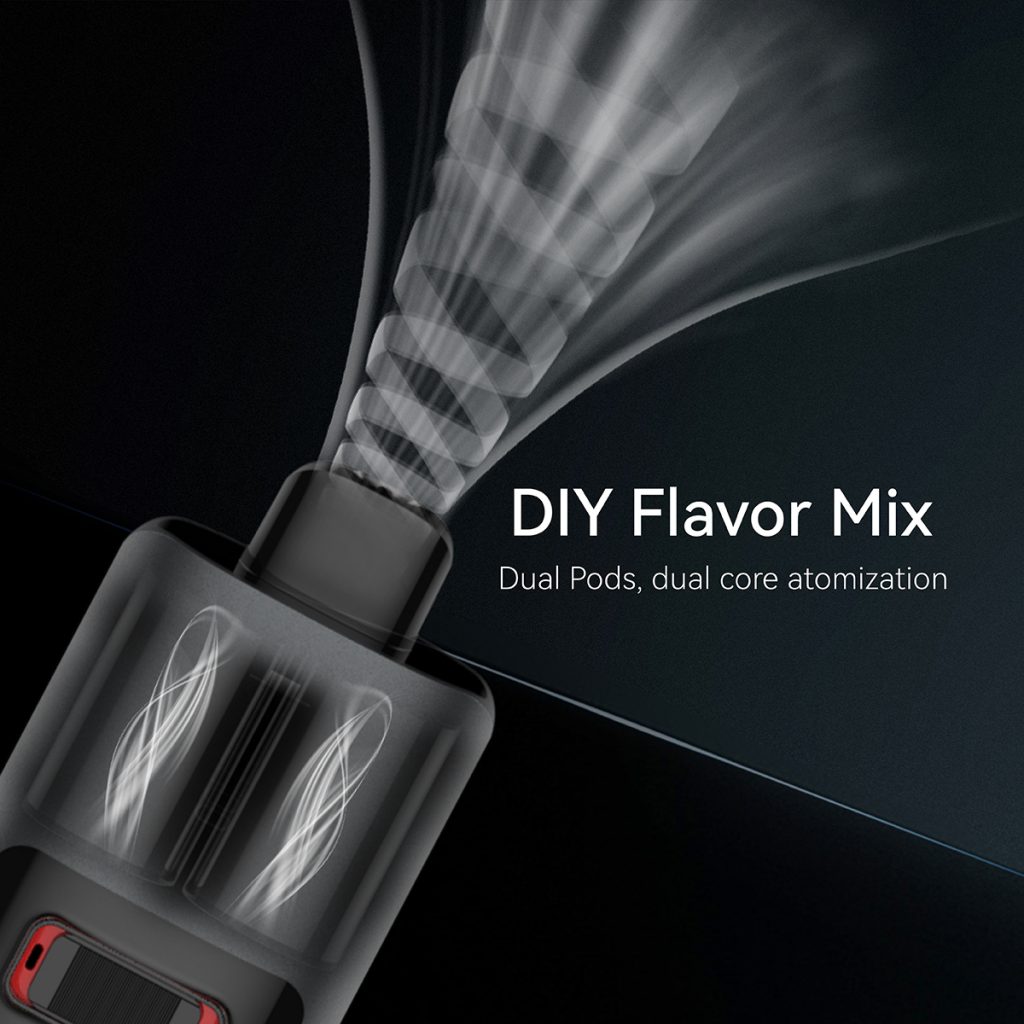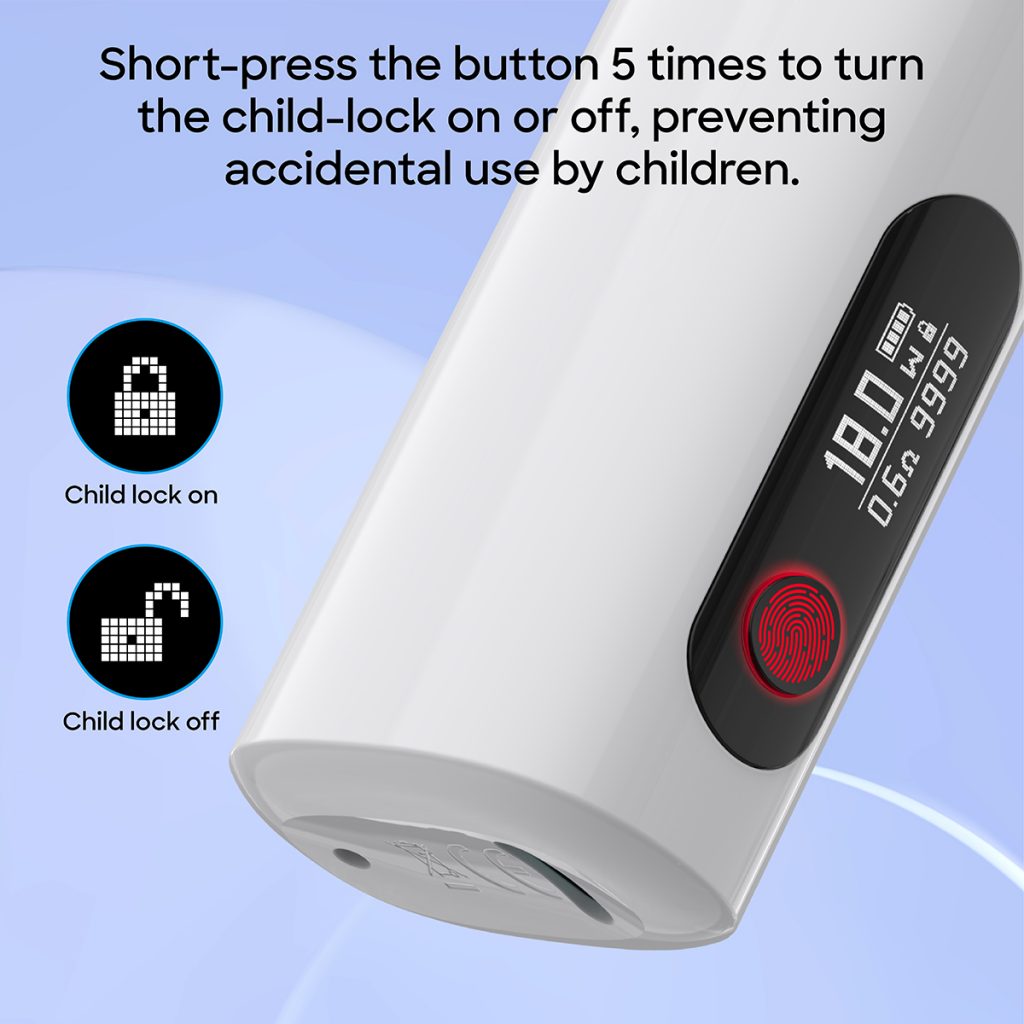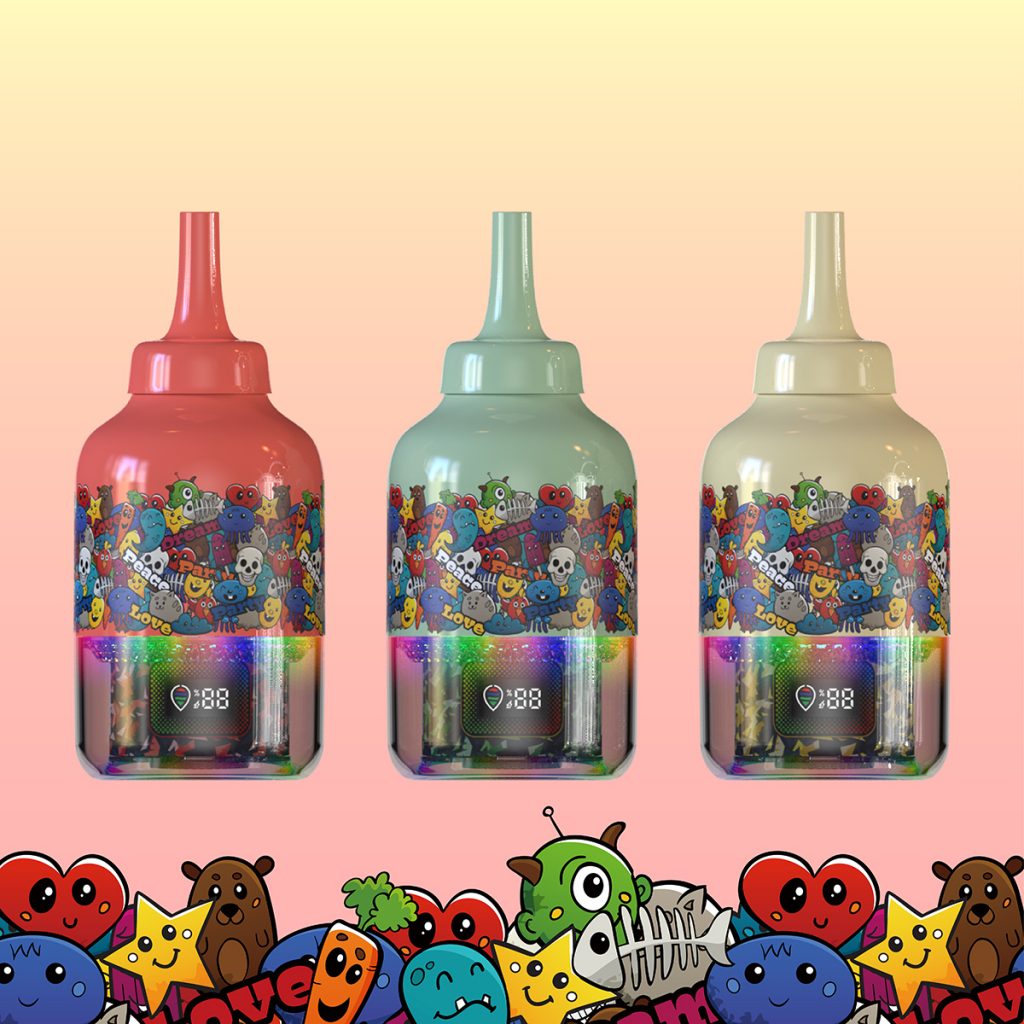Across the vast Arabian Peninsula, Saudi Arabia is witnessing a new and concerning trend in youth consumption: a growing number of young people are opting for high-nicotine e-cigarettes, primarily through retail stores and e-commerce. This trend reflects the complex interplay between market and regulation, health education, and consumer culture, and has drawn sustained attention from public health experts.
Analysis from institutions such as the University of Nottingham and Euromonitor has noted a rapid increase in e-cigarette use among young Saudis. Young consumers, in particular, favor high-concentration nicotine products, with some surveys indicating that these types of e-cigarettes are “more effective” in quickly satisfying nicotine addiction. At the same time, sales channels are diversifying, with brick-and-mortar retailers increasingly relying on online platforms for distribution. This significant shift stems from a clear market demand for high-nicotine products, and the advantages of online channels, such as privacy, convenient delivery, and flexible payment options, making it easier for young people to overcome traditional access control barriers.

Research further confirms that, influenced by school, peer groups, and social media, young people are highly sensitive to labels like “high nicotine,” interpreting them as “more potent” or “more stress-relieving.” Furthermore, retail stores are often located in places frequented by young people, such as shopping malls, gas stations, and convenience stores, significantly increasing product accessibility. Online channels, lacking strict age verification, also pose a risk for minors. For teenagers, such accessibility means they are practically “at their fingertips.”
In this expanding market, the VEEHOO e-cigarette brand presents a new dimension of possibility and responsibility. VEEHOO explicitly advocates for low-nicotine, original, or tobacco-flavored e-cigarette products, rejecting irritating, high-concentration labels and avoiding flavorings and packaging designs that attract minors. They emphasize harm reduction: providing adult smokers with relatively harmless alternatives rather than catering to the “pleasure” demand of consumers. In its product development and marketing, VEEHOO consistently adheres to transparent ingredients, legal compliance, age verification, and educational initiatives, making it a model of responsible and trusted brands in a rapidly evolving market.

This approach not only addresses public health concerns but also mitigates the risks associated with the market’s pandering to “high nicotine” labels. At a time when youth consumer culture and regulations haven’t yet fully impacted the industry, VEEHOO’s rational approach offers a path that balances market demand with health priorities. It demonstrates that the e-cigarette industry doesn’t rely solely on attracting youth and stimulating consumption to survive; some brands are willing to pursue more sustainable and healthy alternatives.
At the same time, we cannot ignore the reality of lagging regulation: Although Saudi Arabia imposes a 100% tax on traditional tobacco products and a similar rate on e-cigarettes, it lacks detailed regulations for high-nicotine products, particularly regarding their promotion on e-commerce platforms and social media. Without more sophisticated age verification mechanisms, sales restrictions, and health education support, high-nicotine e-cigarettes could become an addiction trap for the next generation of teenagers.

Government and public health agencies play a crucial role in this evolution. They need to collaborate with schools, communities, and industry to raise awareness among young people about the dangers of nicotine and address the misconception that “high nicotine equals high satisfaction.” They also need to regulate e-commerce platforms, ensuring strict age verification and restricting highly tempting advertising and packaging. At the same time, brands like VEEHOO should be encouraged to maintain their health-first business strategies and, through industry self-regulation, drive the overall market towards a safer and more responsible direction.
If we can establish a resonant institutional and cultural environment in the future—one that not only ensures a clear understanding of the harmful effects of nicotine, but also provides adult smokers with legal, safe, and compliant harm reduction options, and where e-commerce and retail channels also assume responsibility for screening—then we may see an opportunity for a shift in core values: the market isn’t solely about “addiction”; it can also serve as a platform for public good. Young people’s preference for high-concentration nicotine products remains unresolved, but it’s not unchangeable. Instead, it requires policy coordination, educational guidance, and industry self-regulation. VEEHOO embodies the power of brands that responsibly respond to the challenges of our times.
Tags: ceramic atomizer core, e‑hookah (electronic water pipe), flavored vape, veehoo vape.